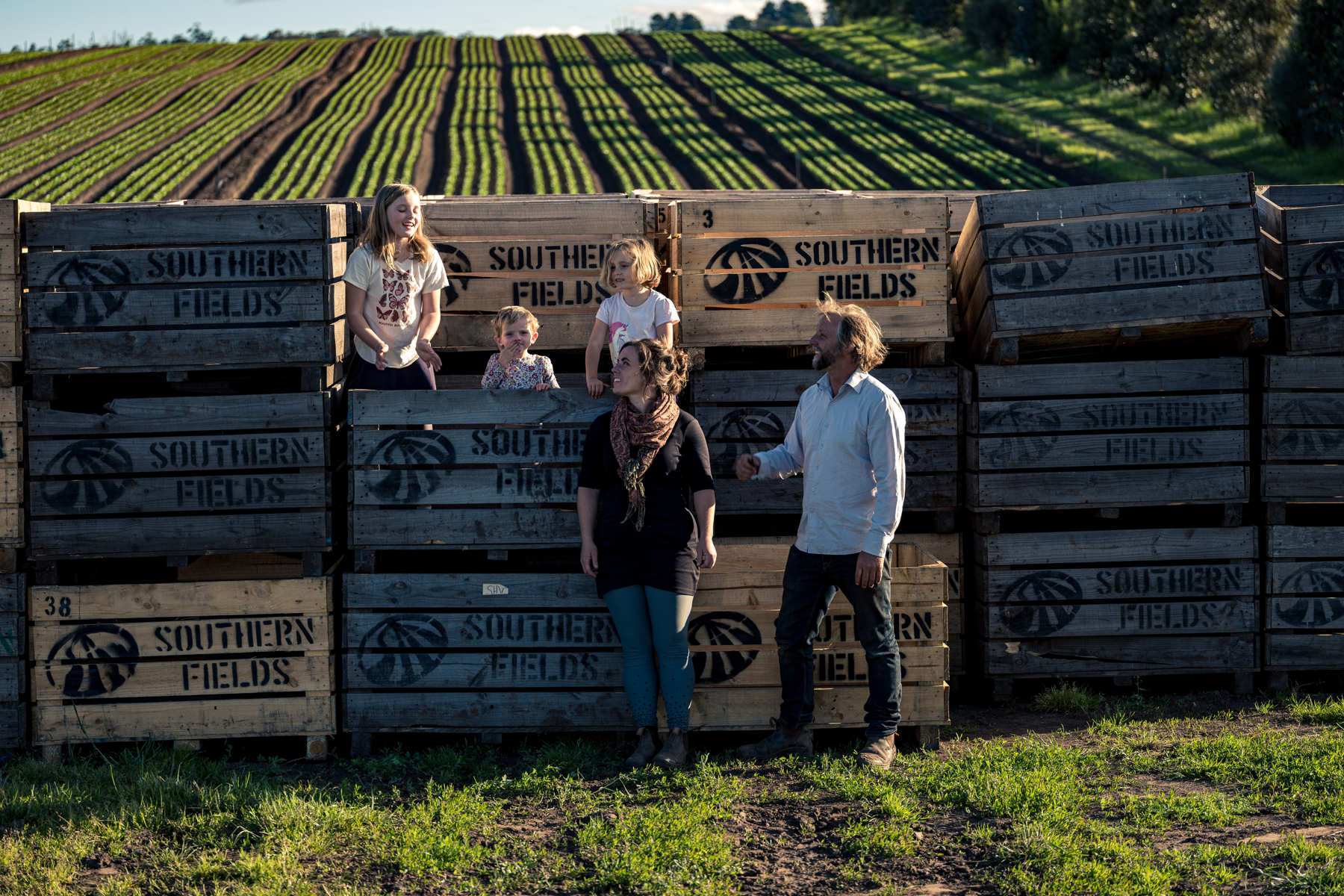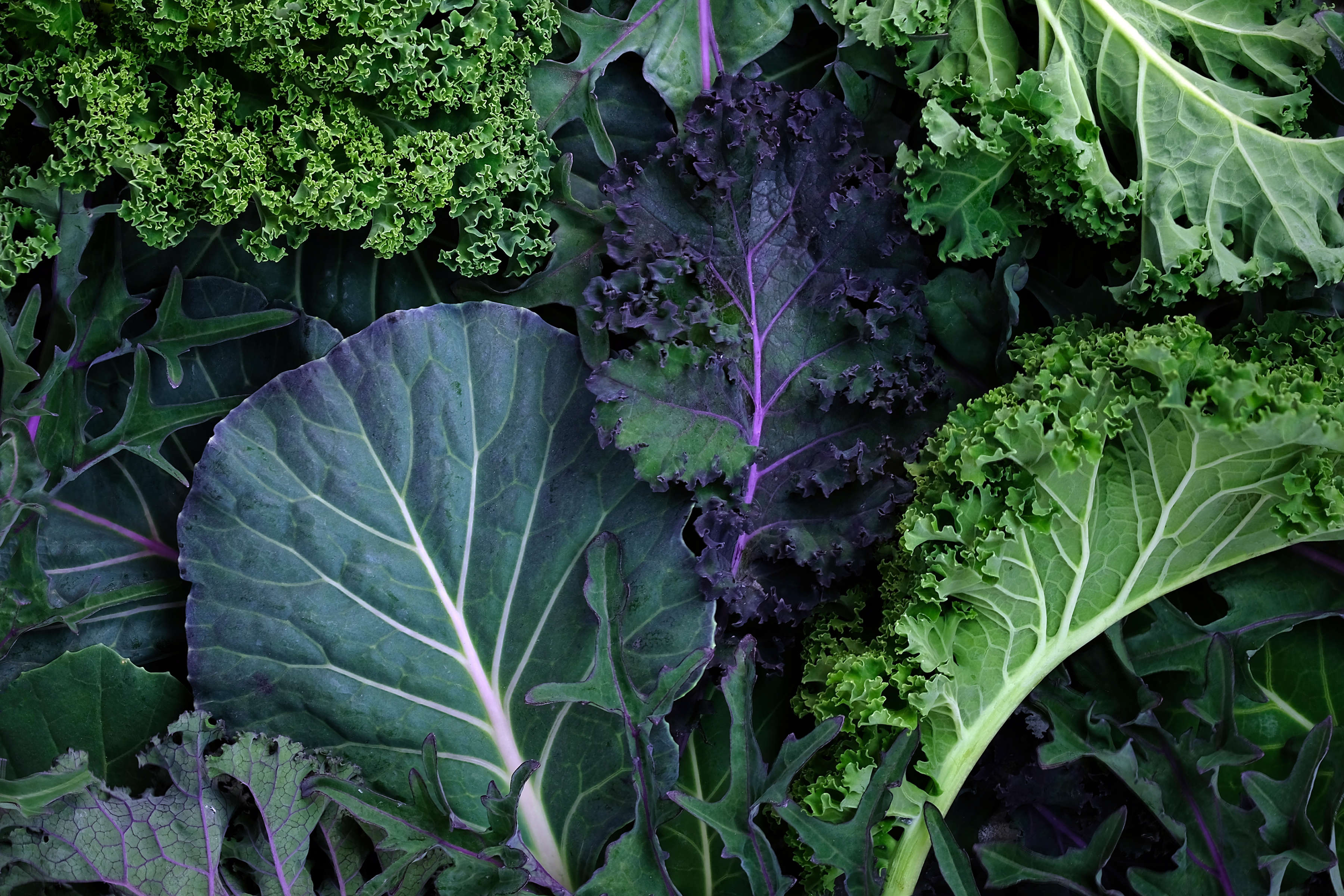
Amy and Ben Houston of Southern Fields
Read more

Tasmania’s cool temperate climate and reliable access to clean water supports the production of a broad range of salad and leafy greens which are full of flavour and have good shelf life.
Tasmania produces 10% of the national volume which is worth some $47 million.
Primarily grown in the South East with some also grown in the Central North West.
Tasmania grows salad greens year round, which are harvested every 12 weeks throughout the year.
September–June
green and red leaf lettuce, Napa cabbage, Iceberg, Romaine, Escarole, Butter or Boston lettuce, baby spinach, chicory, and cos lettuce
7,141MT
$47M
Being a remote island surrounded by water and aided by a robust biosecurity system, Tasmania remains free from many plant-related pests and diseases. This freedom means our produce can be exported with minimal, if any, phytosanitary treatment.
Tasmanian leafy greens are grown predominantly in the Central North West and South East regions of the state.
Tasmania’s relative pest free status offers trade opportunities for importing countries seeking access to Tasmanian grown produce.
This information is extracted from the Department of Agriculture Fisheries and Forestry’s Manual of Importing Country Requirements which is frequently updated. Please validate this information before proceeding further.
The importing country has no phytosanitary restrictions for entry into the market.
Open to Tasmania, without requiring any phytosanitary treatment.
No arrangements have been developed to make trade between the two countries possible, or trade is currently not allowed.
Through the generations our growers feel the pulse of the seasons and heartbeat of this land. They understand what thrives here — they take the time to grow produce with care. Meet some of our passionate, committed and knowledgeable Tasmanian growers…
Submit your interest and we will share your details with Tasmanian growers.